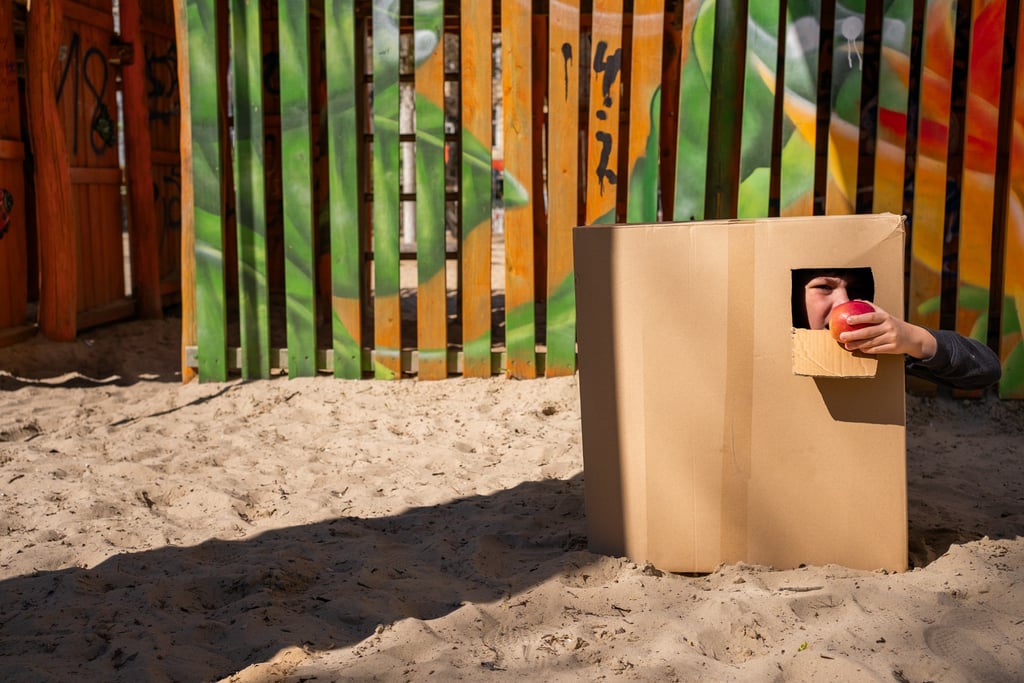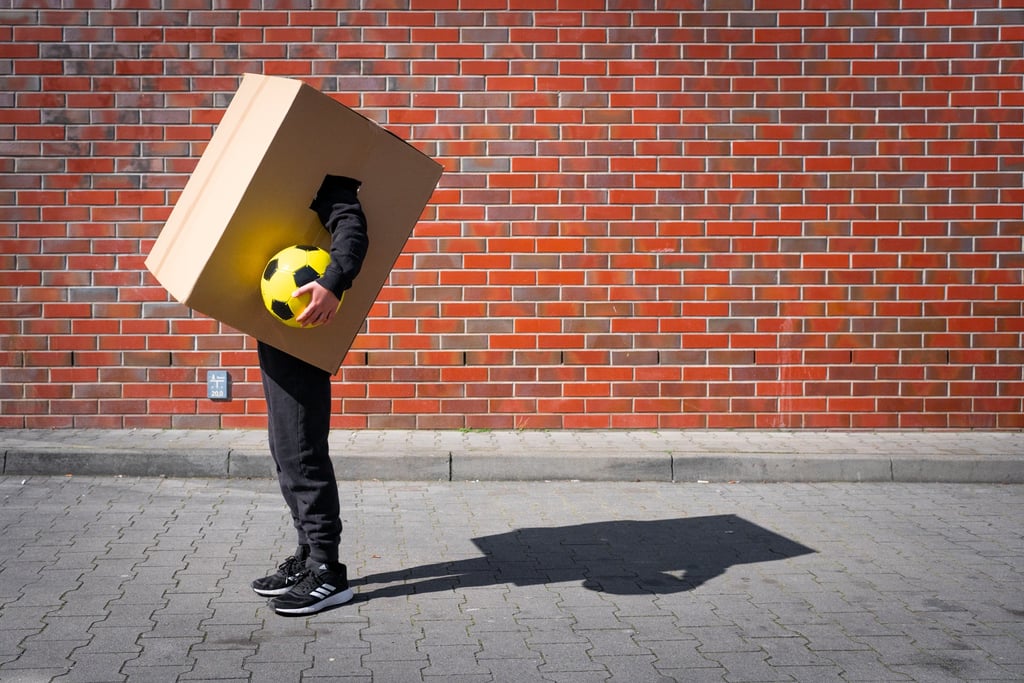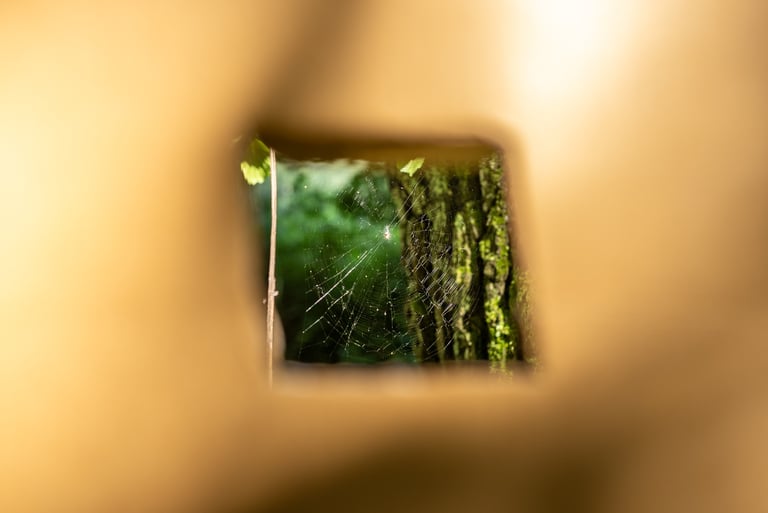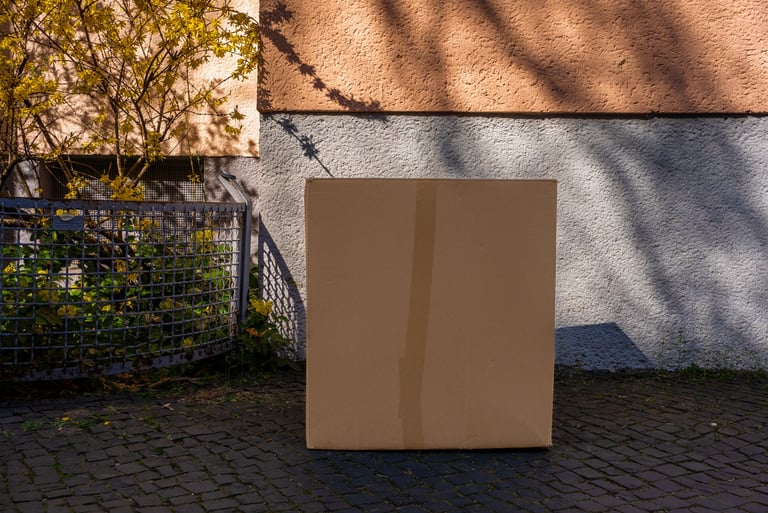These images are part of an ongoing long-term project (which I am developing along with my children Antonio and Francisco) on childhood performances and memories. With these photos, I propose to explore how children appropriate random objects (a cardboard box, a broom, a pasta strainer), 'profane' their uses (Giorgio Agamben, 1993), and transform them into play objects.
However, it is not only the objects that are transgressed. During play, children end up creating and recreating themselves. 'I am a robot,' 'I am a pirate,' 'I am a magician' is not just roles played by the children: they become what they perform while the play lasts.
Breaking the Mold


Children invent new characters, languages, and techniques. They denaturalize social roles, take the world out of a functionalist facet, and open fissures of meaning that allow not only objects but also the world to transform. It is no wonder that for Gilles Deleuze (1997), 'in its own way, art says what children say.' And if I seek to say through art what children say—or if we want to say it together—I choose to involve the children in the creative process of this project. Through conversations and experiments, they helped me conceive the photos, accepted or rejected some of my proposals, co-directed themselves in the scene, and participated in the post-production process.


Another question I seek to explore in this project is the common perception of children as incomplete beings. They would lack maturity, rationality, and the ability to make productive use of time (Kohan, 2007). Consequently, there is a prevailing belief that it is our responsibility as adults to fill these gaps – employing various surveillance and control mechanisms (Foucault, 2012) – by imposing the necessary standards for them to be governable. In an effort to shape a specific kind of adult, we standardize all children. Over the past few decades, numerous reflections have emerged aiming to safeguard children's right to childhood.
Nevertheless, we must continue to contemplate how to guide children in their formative processes, not to relinquish this role from adults, but by considering them not solely based on what they need to become but also acknowledging who they already are.
We must guarantee children the right to engage in sensitive experimentation and explore non-curricular languages. We must ensure that children have the right to live in and through time.
It is because, despite children being immersed in 'Chronos' time, childhood is also the era where 'Kairos' reigns. The child transcends conventional notions of time and space, enabling an experience that escapes the sequential and chronological time prevalent in modern Western society. Observing and learning from children is, therefore, a quest to encounter 'Kairos,' which, for the ancient Greeks, referred to qualitative time - the experience of a timely moment that cannot be replicated.
And if we are to oppose the ‘boxification’ of childhood that molds it into an ‘ideal type’ of person that lives following only the clock hour, we, as adults, must also create cracks and crevices in the boxes that confine us, thereby forging new perspectives that reshape our relationship with the world. Throughout this process, we must liberate ourselves from practices that incessantly fixate on the future and solely pursue outcomes. Sometimes, as in Alberto Caeiro's poem, "we must try undressing ourselves from what we have learned" and "scratch at the ink with which they painted our senses." We must allow ourselves the opportunity to exist within an expanded timeframe, reminding ourselves that sometimes we should observe the sun not to decipher the hour but simply to bask in its radiant beams.
However, this engagement, which enables us to turn towards the present and embrace our senses, cannot be viewed as solely a personal choice or practice. In a world characterized by profound social inequalities, the opportunity to experience a phenomenological present is forcibly taken away from those who are subjected to the relentless machinery of the "Metropolis," as depicted in Fritz Lang's (1927) iconic film. The film serves as a stark reminder of the dehumanizing effects of industrialization and class divisions, illustrating how certain groups are denied the luxury of being fully present in their lives due to the oppressive structures that govern the fictional city and, by extension, mirror aspects of our contemporary world.
In this context, marginalized communities and individuals facing economic, racial, or other forms of oppression are disproportionately affected. The struggle for survival and the constant pursuit of basic needs consume their daily lives, leaving little room for the contemplation of the present moment or the nourishment of their senses. Their lives become dominated by the urgencies of survival, making it challenging to access the "Kairos" time.
Therefore, just as we must strive to ensure children's right to a meaningful childhood, and just as we must not only teach them but learn from them (by testing new possibilities, creating new languages and techniques, engaging with the world through sensory experiences, for example), we must also advocate for a world in which the possibility of experiencing time beyond "chronos," as well as the opportunity to engage with the world phenomenologically, is not a privilege reserved for a few.




References
Agamben, G. (2005). Childhood and history: The destruction of experience and source of history (L. Heron, Trans.). Verso.
Deleuze, G., & Guattari, F. (2013). A thousand plateaus. Bloomsbury Academic.
Deleuze, G. (1997). What children say. In D. Smith & M. A. Greco (Trans.), Essays critical and clinical (pp. 61–68). University of Minnesota Press.
Foucault, M. (2012). Discipline and punish: The birth of the prison. Knopf Doubleday Publishing Group.
Kohan, W. (2007). Infância, estrangeiridade e ignorância: Ensaios de filosofia e educação. Autêntica.
© Ana Cichowicz